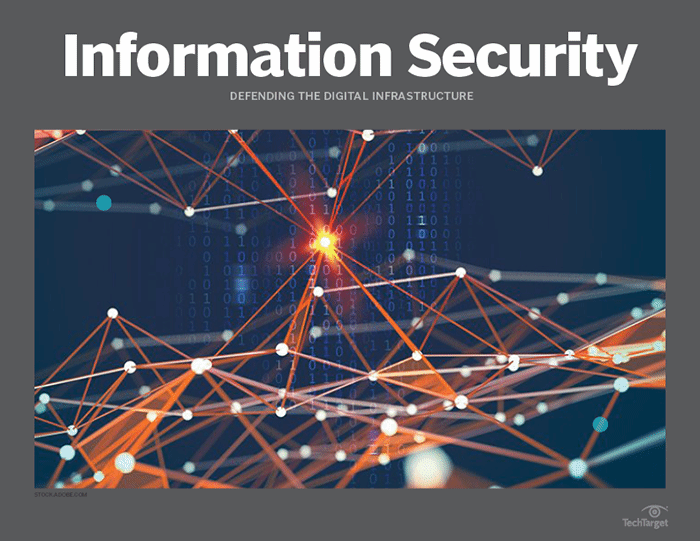PRO+ Premium Content/Information Security
Access your Pro+ Content below.
The state of cybersecurity risk: Detection and mitigation

This article is part of the Information Security issue of May 2020, Vol. 21, No. 2
Attackers lurk in the shadows. Their techniques are constantly evolving, and visibility into threats is limited. In short, information security is not known for clarity. But when it comes to guidance for enterprises seeking to manage cybersecurity risk, it doesn't get any clearer than this: "The ability to quickly detect an intrusion is the foundation of rapid response and remediation," wrote the authors of CrowdStrike's 2020 "CrowdStrike Services Cyber Front Lines Report." Of course, detecting breaches is easier said than done. The average breach goes unseen for more than three months, and that's no accident, according to the CrowdStrike report. "State-sponsored threat actors are applying countermeasures that allow them to remain undetected for a protracted length of time -- particularly in environments protected by legacy security technologies," the report stated. Check out our graphic to learn more about the state of detection and mitigation, including why these steps need to be the cornerstone of any cybersecurity risk ...
Features in this issue
-
AI-powered cyberattacks force change to network security
Companies now face sophisticated enemies using AI and machine learning tools for their attacks. It's a world of new dangers for those defending network systems and data.
-
The state of cybersecurity risk: Detection and mitigation
Hackers will always try to creep in, and many will succeed. That's why effective detection and mitigation are essential. How are enterprises faring?
News in this issue
-
Plan now for the future of network security
How to battle well-funded, technologically sophisticated threats and ensure high-quality network performance? CISOs need a plan to meet network challenges now and in the future.
Columns in this issue
-
One security framework may be key to cyber effectiveness
The Mitre ATT&CK security framework could best enable effective cybersecurity, according to The Chertoff Group, as could joining information sharing and analysis organizations.
-
Why nation-state cyberattacks must be top of mind for CISOs
Even though organizations face threats coming from many sources, one type of cyberattack should be top of mind for CISOs: those backed by nation-states. Here's why.
